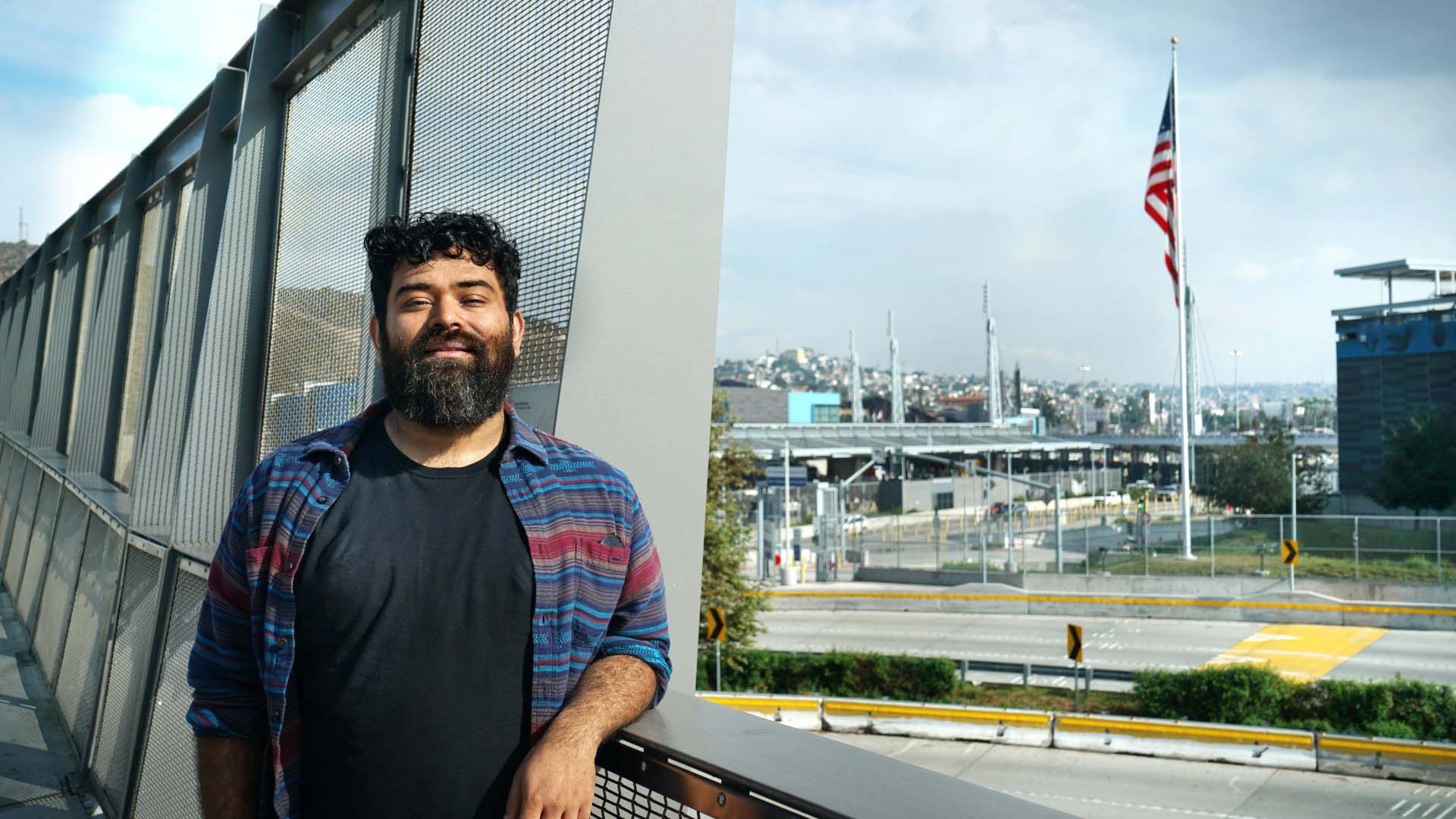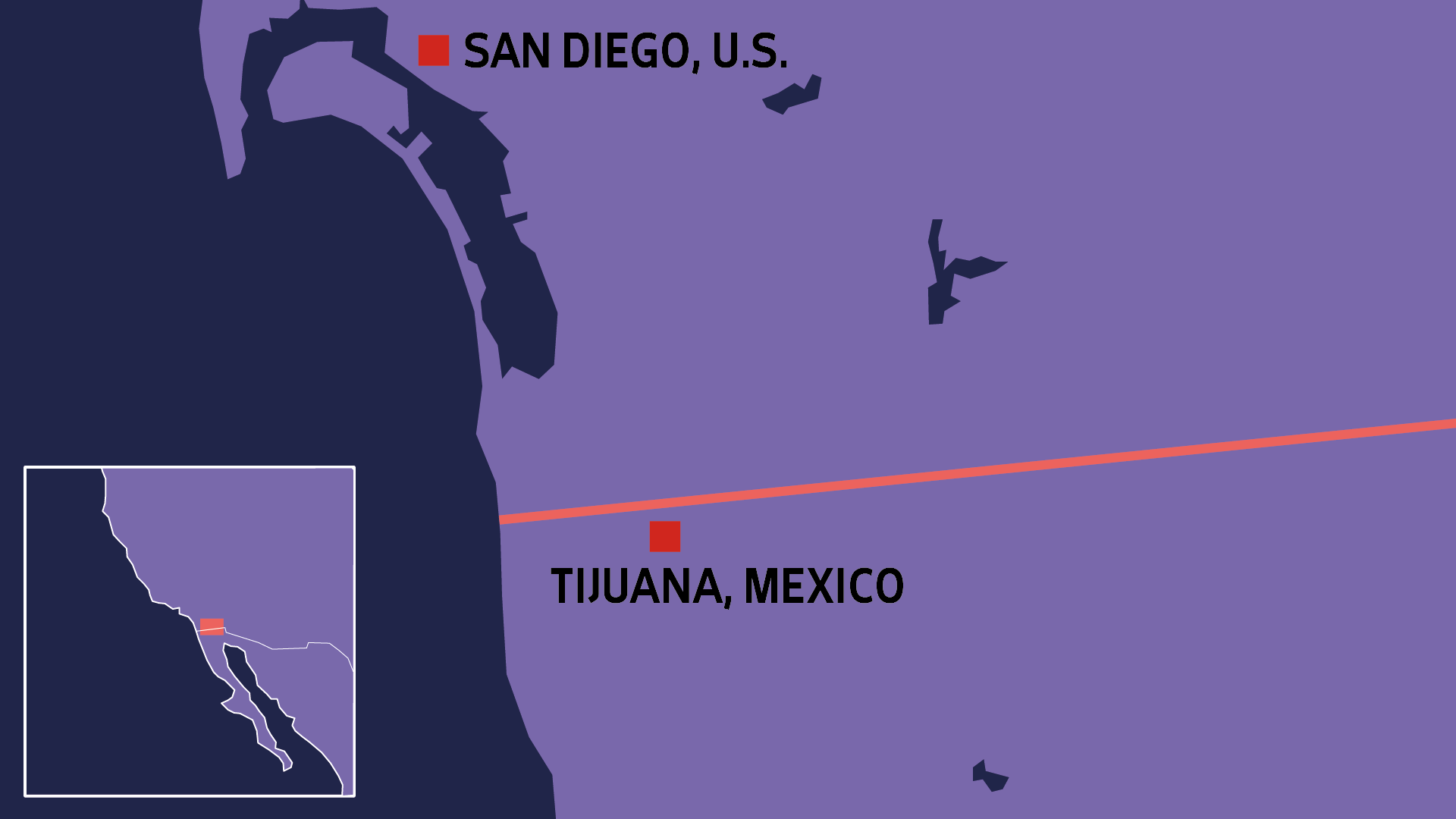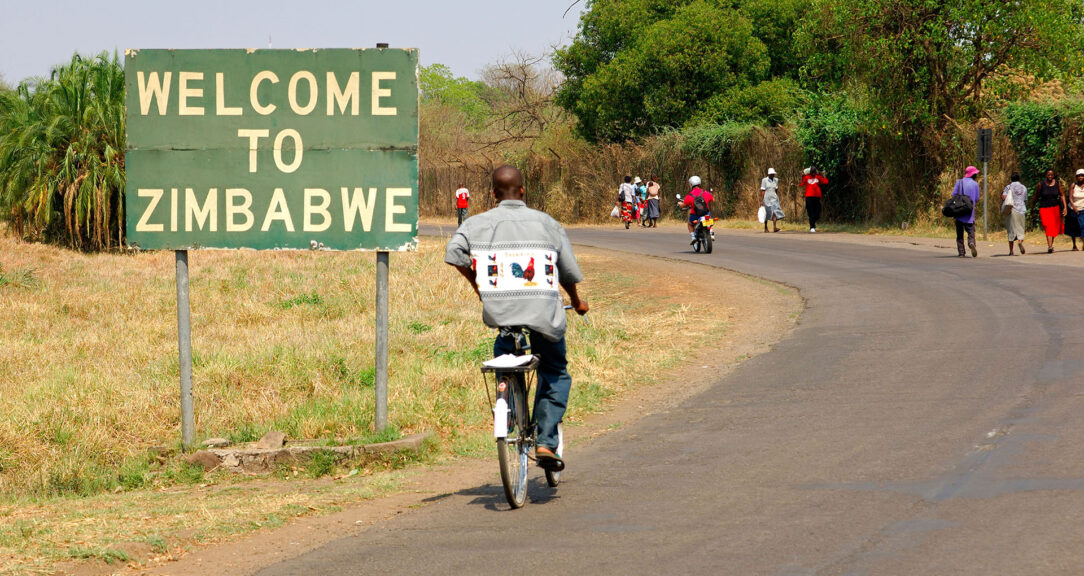Wait in line, show your papers, answer a few questions from the United States Border patrol. Leave Tijuana behind, walk out of the pedestrian crossing building. Take a trolley to downtown San Diego, then a bus that leaves you a few blocks away from work. That’s about an hour and 20 minutes of commute, each way.
For almost a year and a half, that has been the daily routine of Roy Villalpando, a 33-year-old binational who lives in Tijuana, Mexico, and works north of downtown San Diego in the United States.
Villalpando is one of hundreds of thousands of people crossing the U.S.-Mexico border every day. Around half a million people cross into the U.S. from Mexico on a daily basis along the southern U.S. border ports of entry. The San Ysidro border crossing Villalpando uses, which connects Tijuana to San Diego, is the busiest in the entire United States, with about 90,000 daily northbound crossings.
Villalpando works at a local San Diego TV station as a video editor and studio technician. “I really like to read and watch the news. The technical side is fun, too,” he says. His salary is about $21,000 to $26,000 per year. “That’s not much, but it gives me more freedom!” he adds.
Freedom, according to Villalpando, is to work fewer hours. “I’m sure that some people in Mexico could earn even more than me for the same job, but it’s because they work more. I only go to San Diego three to four days per week, and I sometimes work from home, while Mexicans usually work six days a week.”
If he lived north of the border, Villalpando’s salary would be categorized as extremely low income. San Diego was just named the most expensive city to live in the U.S. in 2023-24, and the mean annual wage for a full-time job is about $65,000. “I hear my colleagues who live in San Diego talk about their salary, and for them, it’s brutal,” he says. “The situation is very different for me: I live only five minutes south of the border, and I don’t consider myself rich, but I am for sure privileged.”
Villalpando doesn’t mind the commute to San Diego — he reads or listens to music or podcasts, and he likes his job — but being a daily border commuter also has its challenges. He uses an online app to check how long the Customs lines will be, and sometimes the wait adds a full hour to his commute, which can be harrowing at night.
“I’m more scared to take the San Diego trolley at night than to be in Tijuana,” he says. “It’s very common to see people under the influence of drugs, and they don’t have enough security officers.”
Still, the border figures prominently in his future goals.
“My dream is to create the first film festival simultaneously showing a documentary projection on both sides of the border.” Villalpando would hang a screen on the metal bars separating the two countries, along the ocean. He would install chairs on both the Tijuana and San Diego sides, and invite his audience to a celebration of the mixed and unique culture he is a part of — not American, not Mexican, but cross-border.

Read more
Sign up to keep up to date with ReThink Q.








